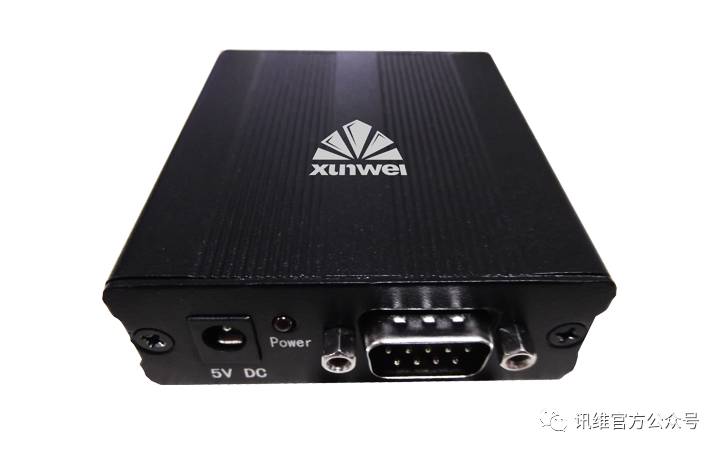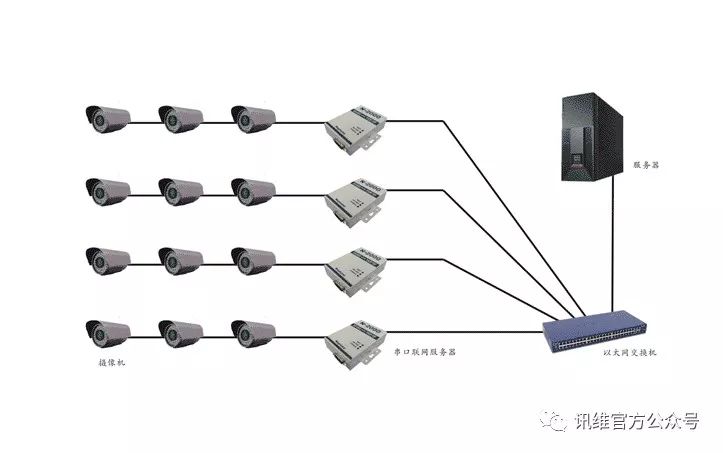A serial server acts as a bridge between traditional serial communication and modern networked environments. It translates data packets from the TCP/IP protocol into a continuous serial data stream, and vice versa, enabling serial devices to communicate over an IP network. This technology allows multiple serial devices to be connected and managed through a single network, making it easier to handle data from various sources such as TTL, RS232, RS485, or RS422 interfaces. By converting existing serial signals into IP-compatible data, the serial server ensures that legacy equipment can still be used in modern networks without requiring costly replacements. This not only improves the utilization of existing hardware but also reduces installation costs and simplifies cabling. On the data processing side, the serial server manages the connection between serial ports and Ethernet, handling data transfer, formatting, and conversion so that serial data can be transmitted across the network as IP packets. When data arrives via Ethernet, the server decodes it and sends it back as a serial signal to the connected device. In practice, serial servers are often implemented on Windows systems by mapping the Ethernet interface to a virtual COM port, allowing applications to interact with them just like regular serial ports. For example, two computers can use COM1 and COM2, while the serial server maps them to COM3, COM4, etc., for seamless integration. The Serial Networking Server offers a practical solution for connecting industrial equipment to a network, transforming traditional serial devices into Ethernet-enabled ones. This makes it possible to monitor and control these devices remotely, even over the Internet. XUNWEI’s serial servers support a variety of configurations and protocols, including Modbus conversion and both TCP and UDP modes, making them suitable for different application scenarios. These servers are ideal for re-engineering existing serial devices such as PLCs, CNC machines, sensors, and other industrial equipment. In automation, numerous devices like sensors, controllers, and readers are interconnected to form a control network. While RS232 and RS485/RS422 are commonly used for communication, modern automation systems increasingly rely on Ethernet and TCP/IP for more efficient and scalable connectivity. As a result, serial servers play a crucial role in bridging the gap between old and new technologies. They allow businesses to quickly integrate their existing equipment into a networked environment, reducing downtime and saving costs. With a serial server, any serial device—whether TTL, RS232, RS485, or RS422—can be instantly converted into a network-ready device, opening up new possibilities for remote monitoring and control. In direct connection mode, the computer's network port is directly connected to the Ethernet port of the serial server. This setup is simple and allows for long-distance transmission, as the network cable used is similar to standard Internet cables. Virtual serial port software then maps the serial server’s ports to COM3, COM4, and so on, making them function like regular serial ports. If the serial server includes a MAX485 chip, it can support RS422 or RS485 communication, which can also be mapped to virtual COM ports. From the host computer’s perspective, the operation is identical to using built-in COM ports, significantly reducing programming effort. However, the true value of a serial server lies in its ability to connect serial devices to a network, rather than just providing a direct link. In Ethernet connection mode, the serial device is linked to the network through the serial server. The wiring is straightforward—just connect the server to a router or switch and configure its IP address (many models like XUNWEI come with DHCP enabled for automatic IP assignment). Once set up, the serial server becomes a node on the network, allowing the connected device to communicate over Ethernet. This method supports heterogeneous networking, meaning devices with different serial interfaces (TTL, RS232, RS485, RS422) can all be integrated into the same network. Using this approach, an entire company’s devices can be connected to one centralized system. Industrial Ethernet switches can further expand the network, enabling flexible device management. Authorized personnel at different levels—from executives to operators—can monitor and manage the system within their access rights. This promotes resource sharing, centralized control, and the creation of a robust networked manufacturing platform. Off-Grid Solar Inverter,Mppt Charger,Multi-Function Inverter,High Frequency Inverters Shenzhen Unitronic Power System Co., Ltd , https://www.unitronicpower.com

Serial server definition, application and two connection methods
Serial Server Concept